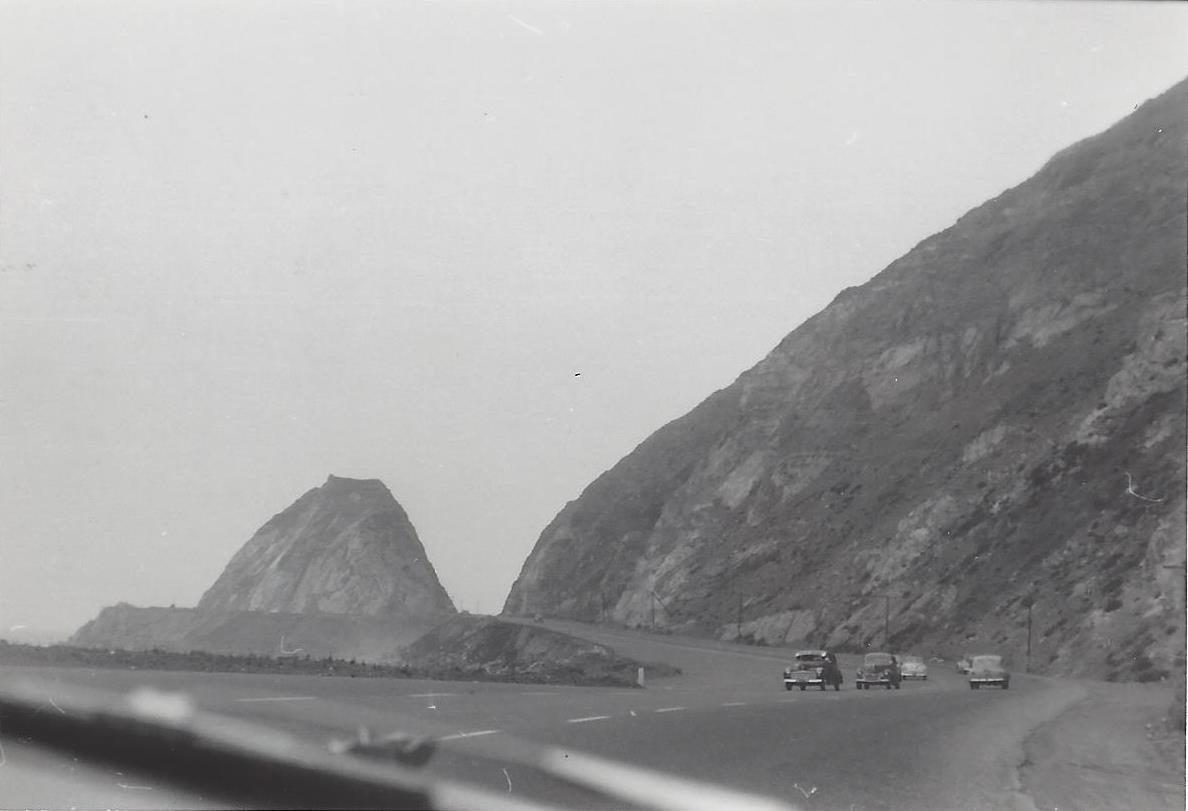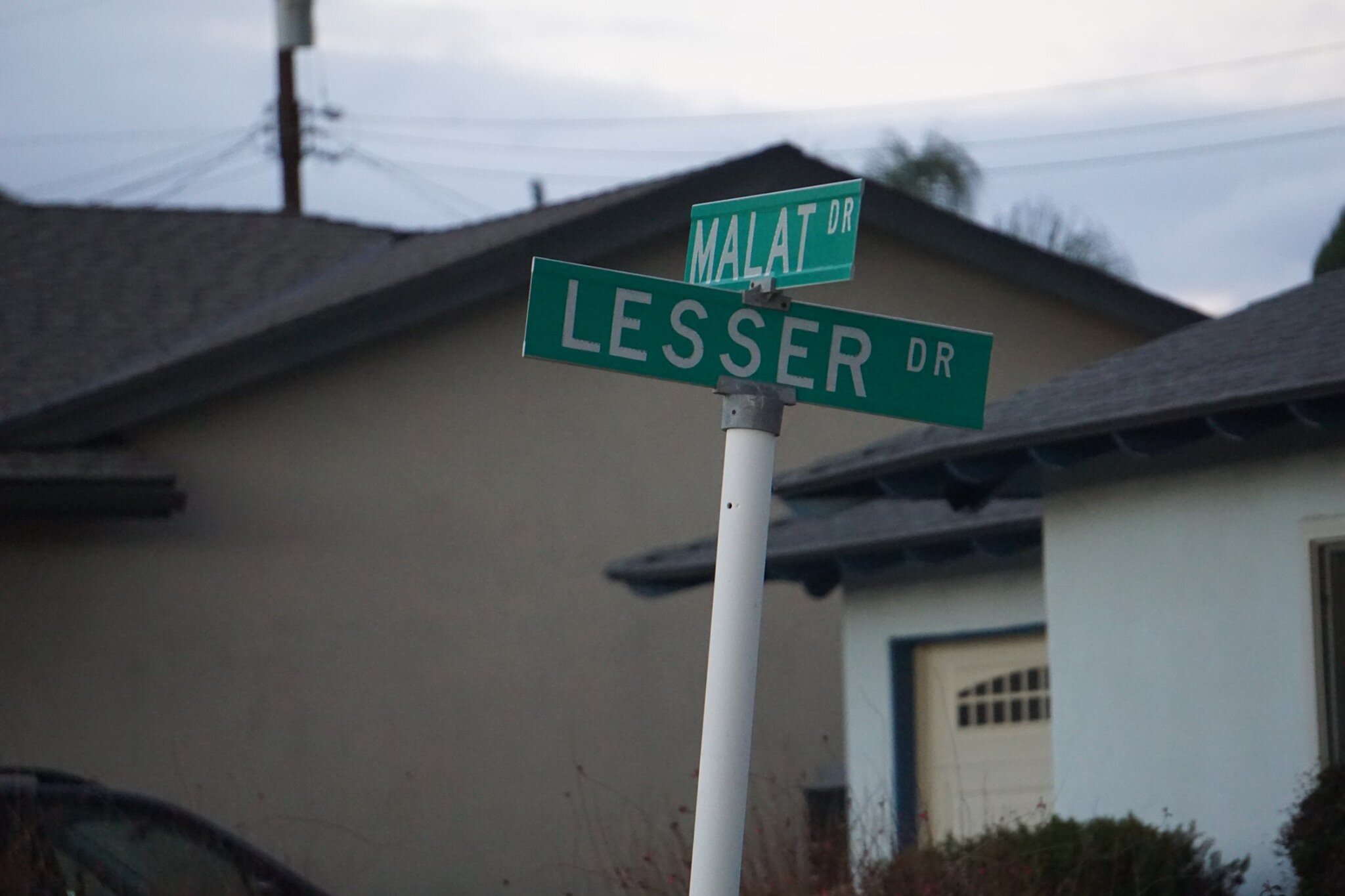Over 25 Things to Do in Agoura Hills
/The City of Agoura Hills incorporated in 1982 and is part of Los Angeles County. But we consider Agoura to be part of our family, consisting of Thousand Oaks, Newbury Park, Westlake Village, Oak Park and other communities that form the Conejo Valley.
Agoura Hills has an area of 7.86 square miles, with a population of approximately 20,000. It became the 83rd city in Los Angeles County when residents voted to incorporate, just one year after neighboring city Westlake Village incorporated.
Here is a compilation of things to do in the City of Agoura Hills.
Trails and Hiking
Malibu Creek State Park is an 8,000 acre wonderland of trails, hiking, camping and other outdoor activities. The Hike to the Rock Pool at Malibu Creek State Park is extremely popular. Equally if not more popular is the hike to the M*A*S*H television show set.
Cheeseboro/Palo Comado Canyons include 4,000 acres of terrain with dozens of miles of trails to explore in the northernmost section of the Santa Monica Mountain range. Popular with cyclists, runners and hikers.
Paramount Ranch, maintained by the National Park Service on Cornell Road in Agoura Hills, was used by Paramount Pictures for over 80 years of film and television production. Sadly, the Woolsey Fire in November 2018 destroyed the historic structures at the park. However, four new structures will be constructed by the fall of 2024.
The 64 acre Peter Strauss Ranch in Agoura Hills is also managed by the National Park Service and features hiking and an outdoor amphitheater area.
A "must do" in the Agoura Hills area is the hike to the old M*A*S*H TV series set in Malibu Creek State Park.
Kids
Kids World Indoor Playground is technically in Oak Park but hey, we'll list it here as it is so, so close to Agoura Hills and is quite popular.
We Rock the Spectrum is a kids gym located on Canwood Street in Agoura Hills which has a particular emphasis on sensory based play.
The Boys and Girls Clubs of Greater Conejo Valley hosts several middle school age club in Agoura Hills.
A compilation of other kids' activities in Agoura HIlls is at THIS LINK.
YES FACTORY walk-in creative studio for all ages opened in Agoura Hills on April 1, 2024.
Fitness Related
The Agoura Hills/Calabasas Community Center is a 30,000 square foot facility with basketball courts, fitness studio, 35 foot rock climbing wall, dance/exercise studio, kids' programs and more. (Currently closed as of June 2023 as renovations will be made to the facility.)
Looking for some fresh air on the golf course but don't golf? That's ok, try FootGolf at the Lake Lindero Country Club in Agoura Hills. Quite fun and no experience necessary.
Other fitness and sports activities in Agoura Hills compiled at THIS LINK.
Ah yes, comic relief courtesy of Caltrans signmakers in 2013 when a new Agoura Hills sign on the 101 was put up filled with typos. It was subsequently corrected.
Other Entertainment, Things to Do and Annual Events
The Canyon is the "go to" local club for a wide variety of great performers.
Whizin Market Square on Roadside Drive is a collection of eateries and unique stores, including antique stores and more.
The Reyes Adobe Historical Site in the heart of Agoura Hills is the first home built in the area, dating back to 1850. The City owns and maintains this adobe structure as a museum and cultural center, with an adjoining park.
The Annual Reyes Adobe Days Fall Festival takes place in October of each year at the Reyes Adobe Historical Site and Park. Great family fun.
Based in Agoura Hills, California Dance Theatre's Pacific Festival Ballet is the resident ballet company of the Thousand Oaks Civic Arts Plaza.
The Agoura Hills Recreation and Event Center hosts senior programs and teen programs "The Garage" and has a cool outdoor interpretive play area.
Water Wings Swim School is an indoor facility located in the Agoura Hills Town Center on Agoura Road.
The Agoura Hills Library is an 18,000 square foot facility near Agoura City Hall. It is part of the County of Los Angeles Public Library System.
The Great Race of Agoura Hills is the largest annual running/walking event in the Conejo Valley - an assortment of 7 races on roads and trails ranging from a family fun run to a 5K, 10K and two half marathons. Takes place in the March/April time frame.
For other events in Agoura Hills, visit THIS LINK.
Closed: Troutdale was a local fishing pond for those looking for the experience of fishing but without the hassle of driving far! Located just off of Kanan Road, near Triunfo Canyon. It appears to be closed as of summer 2018.























